Aikido and Master Morihei Ueshiba Aikido was created some 80 years ago by Master Morihei Ueshiba (1883-1969), usually called “Kaiso” (the Founder). He created Aikido after many years of physical training in the Japanese classical martial arts of…
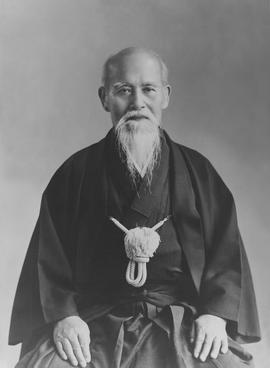

Aikido and Master Morihei Ueshiba Aikido was created some 80 years ago by Master Morihei Ueshiba (1883-1969), usually called “Kaiso” (the Founder). He created Aikido after many years of physical training in the Japanese classical martial arts of…
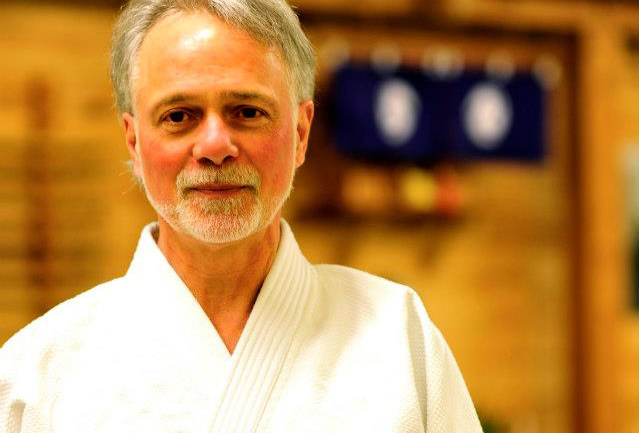
This year will mark my seventy-fifth birthday and fifty years of Aikido training. Aikido has been a major factor in my life since I was a young adult, and I can hardly imagine this life without it. The…

It is with great sadness that I reflect on the passing of Nakamura Yumi Shihan. She was a friend and a role model for Aikidoka. Her contributions to Aikido in Canada were enormous. I, along with her students…
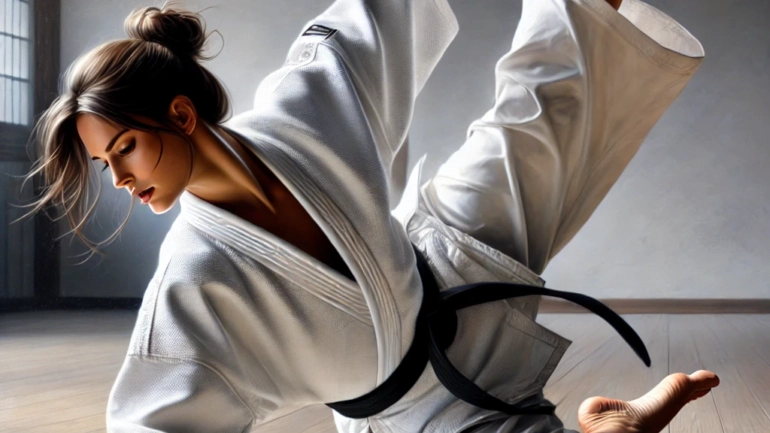
Both men and women can be strong and confident without being arrogant or unnecessarily aggressive. “Toxic Masculinity” is not allowed in Aikido practice. Training is for women and men together, with mutual respect and recognition of physical differences.…
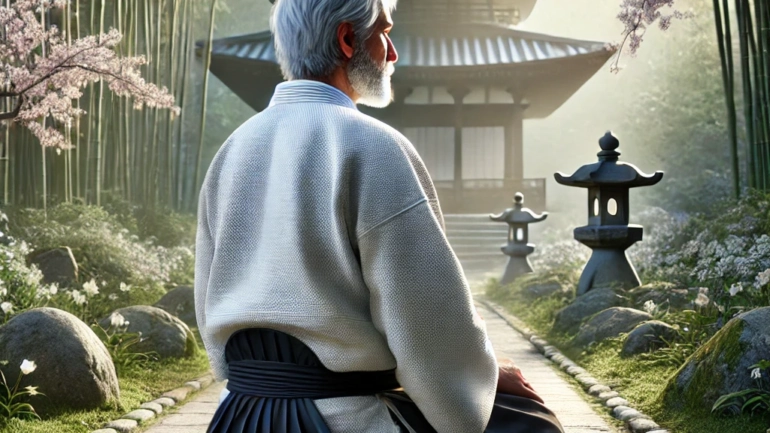
It is said that Budo masters are not judged by the number of students that they have but by the number of masters that they produce. Ueshiba Morihei, O-Sensei, certainly produced many. Outstanding researcher Stanley Pranin interviewed a…
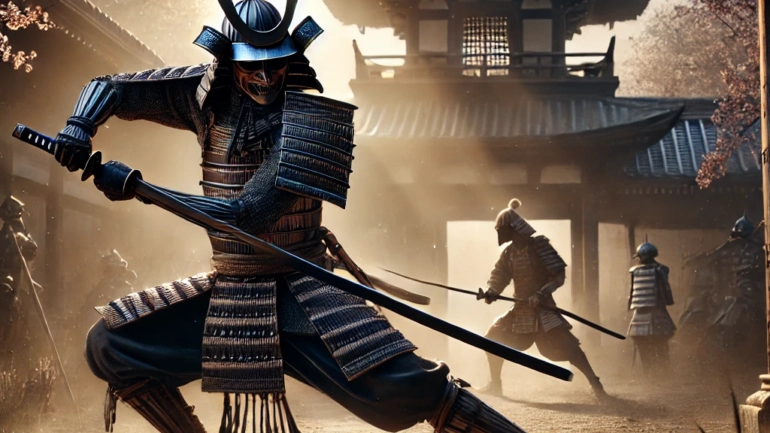
For those interested in the history of Japanese martial arts another fine book is ARMED MARTIAL ARTS OF JAPAN: SWORDSMANSHIP AND ARCHERY by G. Cameron Hurst. The publisher included a good introduction: “This unique history of Japanese armed…
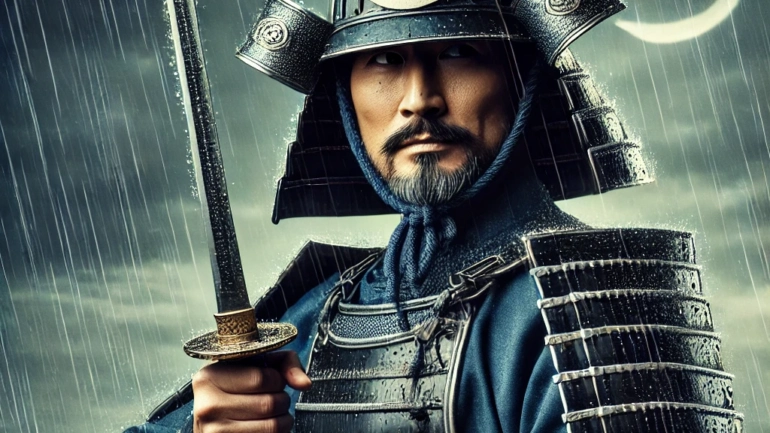
Doing Aikido does not make you a samurai. However, Aikido is a Budo that incorporates the best of the samurai tradition and omits the elements that are no longer desirable. For those interested in the history of the…

Yamada Yoshimitsu Shihan died in January 2023. It has taken me quite a while to write about him. I have had to wait until the powerful impact of his passing diminished enough for me to express myself. Yamada…
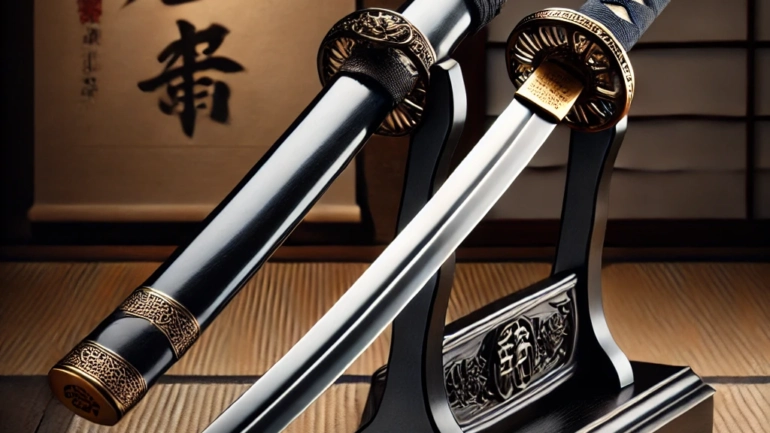
Aikidoists who practice Aikiken often become interested in the Japanese metal sword in addition to the wooden sword (“Bokken” or “Bokutoh”). There are various types of swords. The two most recognized are the “Tachi” and the “Katana”. The…
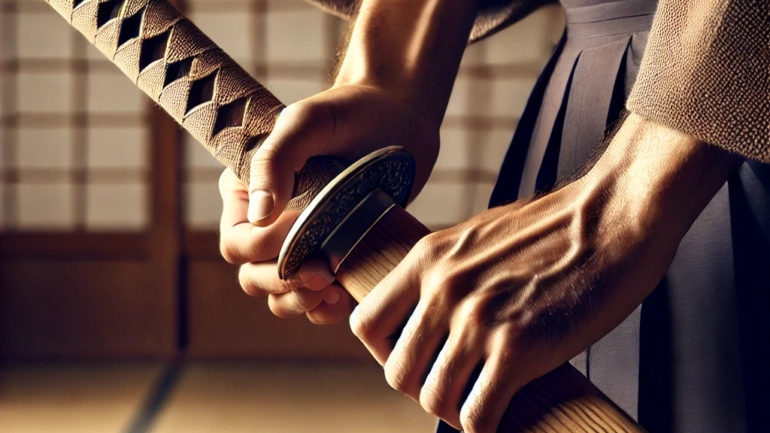
In Aikido, bokken practice is for the art of living, not the science of killing. Aikiken differs from Kenjutsu in that it is not intended for battlefield application. Bokken practice is a method of experiencing and refining key…